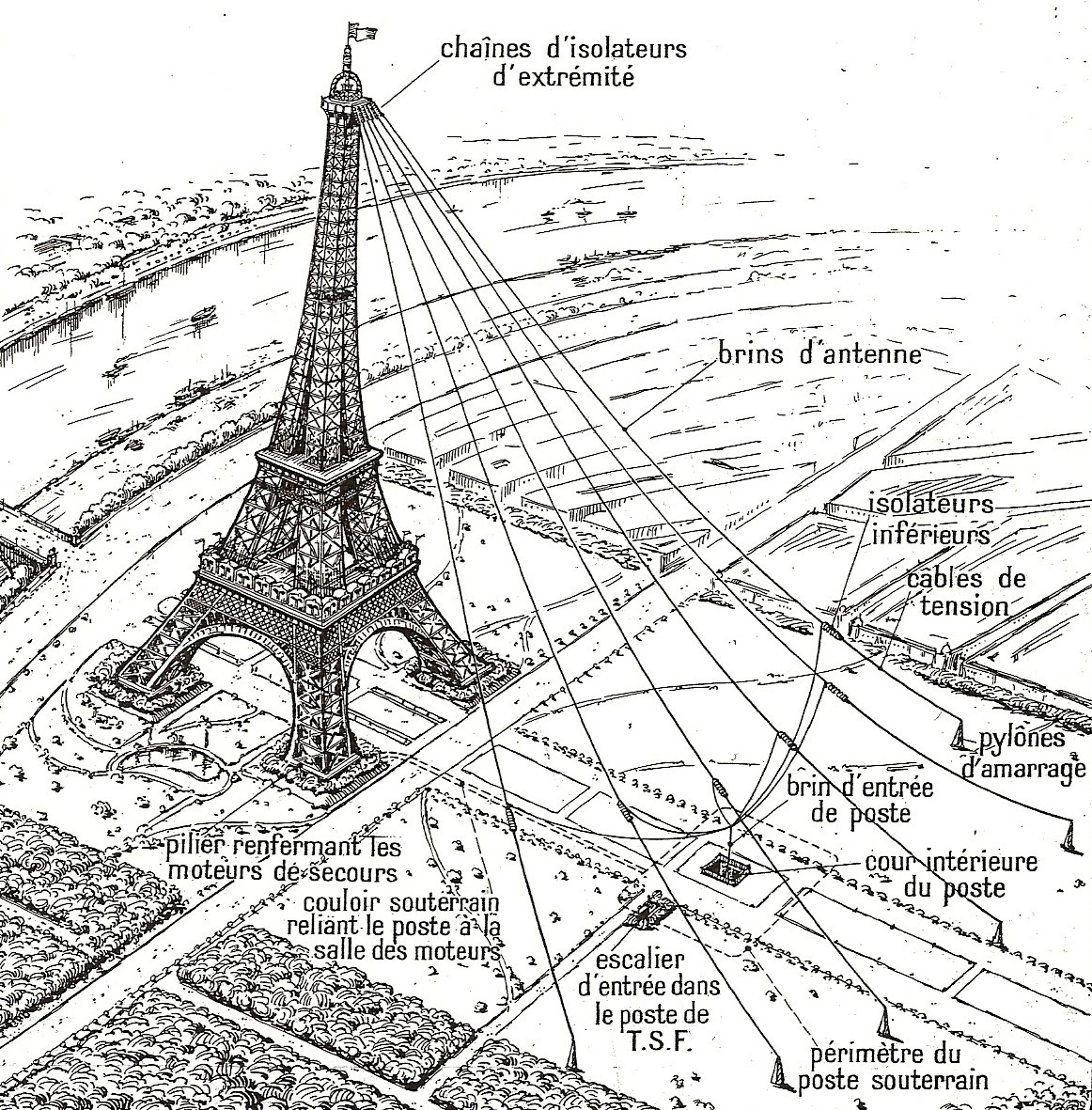The Electric Wind of Europe
Radio in the twilight of the Belle Epoque
The French Army recovered from the defeat of 1870-1871 by modernizing in its image of the German victors. That is, anything they deemed a German advantage in the previous war would become the model for new doctrine and departments built on French lines to prepare for the next war. Because the German war machine had such a “scientific” reputation, at lea…



